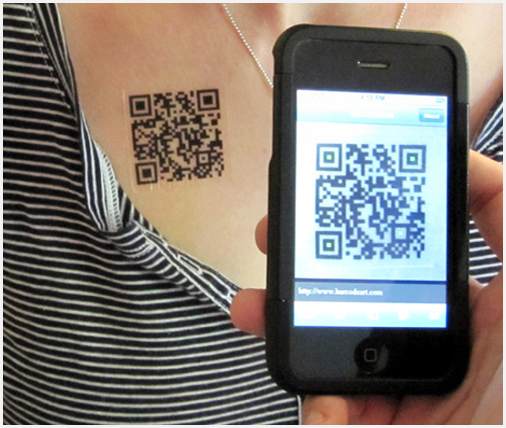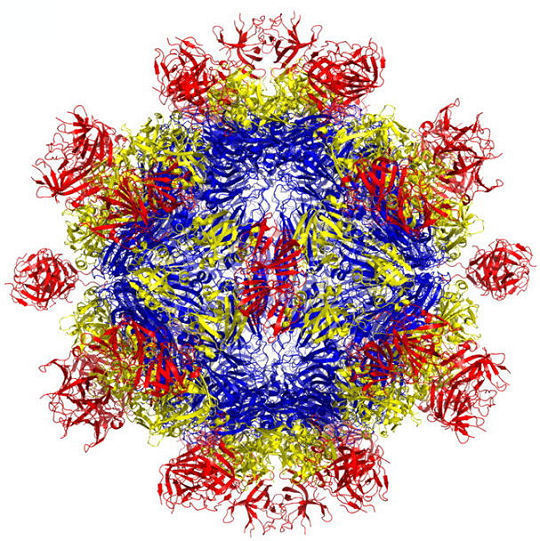
When Candidates Become Commoditities
June 3, 2015
Attrition: A primer on triage, treatment, and pre-emptive cures
June 23, 2015In the world of quality systems, two primary types of metrics are used to measure performance within business processes; performance metrics and diagnostic metrics.Performance Metrics measure end-of-process outcomes. The two most used in the recruiting world are Cost per Hire and Fill Cycle Time.
Performance metrics speak to outcomes of the process, but give no insight as to the quality of the in-process transactional performance of the enterprise’s hiring managers and HR partners.
Diagnostic Metrics, on the other hand, provide data illustrating where the enterprise is failing in the execution of specific process transactions.
Quality systems must leverage diagnostic metrics to deliver the data required to either benchmark, or monitor changes in the effective performance of specific recruiting transactions. Without this data, recruitment quality systems will not be positioned to identify opportunities to achieve optimal value from continuous improvement initiatives.
Manufacturing organizations have been reaping the benefits of diagnostic metrics for decades, because…
Diagnostic metrics tell you where your process is failing.
Through the use of in-process testing of manufacturing outcomes, leaders in manufacturing quality systems are able to identify the specific points in the manufacturing process where failures are occurring.
This is the first step in improving the performance of either manufacturing or recruiting operations, because you simply can’t fix what you can’t see.
Recruiting organizations, through the use of diagnostic metrics and analytics embedded in their Applicant Tracking Systems (ATS), have the ability to identify the specific points in the recruitment process where recruiters and hiring managers are experiencing transactional failures.
If you’d like to view some real world methods recruiters can use to improve the transactional performance driving the Diagnostic Metrics described here, while also improving partnerships between recruiters and hiring managers, please read Your Hiring Managers; the value of converting Customers to Partners.
Diagnostic metrics tell you where you can elevate performance with process improvements or training in transactional best practices.
Once a source of failure is identified by a manufacturer, further analysis is performed to isolate the root cause(s) of the failure. Once a root cause is identified, the manufacturer can then determine the best available methods to move toward its elimination, and the costs of process quality associated with the failure.
Recruiting organizations have much the same opportunity. Once ATS-generated diagnostic metrics (ie: declined offer rates, interview-to-hire conversion ratios, or prescreen-to-interview ratios, etc.) identify the specific transactions in the recruiting process that are producing in-process failures, the recruiting organization can conduct further analysis to determine whether the root cause of the failure is associated with a flawed process transaction, ineffective tools or execution practices, or poor transactional performance on the part of team members, either on an individual basis, or across the enterprise.
Diagnostic metrics eliminates in-coming quality, scrap, and rework costs.
By removing raw materials and Work in Process (WIP) failing either incoming or in-process testing, the manufacturer effectively stops investing in poor quality or scrap materials.
Similarly, through the integration of transactions focused on the continued evaluation and qualification (in-process testing) of candidates, recruiting organizations have the opportunity to eliminate candidates who are poorly qualified, mismatched to the job or culture of the enterprise, or in personal or professional situations that will block their ability to change jobs.
The identification, validation, and adoption of diagnostic metrics for recruitment quality systems, though, has proven to be either an unanswered challenge or an overlooked performance improvement opportunity for many recruiting enterprises.
Financially, however, the effort required to integrate diagnostic metrics to recruitment quality systems is more than justified.
By first assigning cost values to specific recruiting transactions, then determining failure rates at defined testing/measurement points in the recruitment process, recruitment quality systems leaders can determine the costs of process quality associated with specific transactional failures.
Using a proprietary value estimator designed by Greywolf, we’ve determined the cost savings impact of just a 5% improvement in transactional performance, using only 3 of the 6 proprietary diagnostic metrics we’ve defined, and the results are staggering.
For a 5,000 employee recruiting enterprise in a no-growth mode of operation, simply hiring to replace a 10% attrition rate, the minimal annual costs savings resulting from just a 5% improvement in transactional performance were estimated at more than $230,000.
If the same enterprise were operating in a 10% growth mode of operation, the savings opportunity would be roughly double, or almost $470,000.
And be assured, if there are any skeptics in the house, these are not “soft” costs. No financial value was assigned to cycle time improvements, and no value was assigned to transactions where there was a potential for redundant counting.
As the demand (and cost) for both specialized and generically skilled candidates continues to increase at an increasing rate, recruiting enterprises are seeking ways to improve performance while containing costs.
To date, their focus has been on controlling the cost of sourcing candidates, bringing about a broad rise in the use of Recruitment Process Outsourcing (RPO) resources, and the pursuit of digital sourcing excellence.
While the use of RPO and digital sourcing strategies are certainly effective ways of containing the cost of sourcing candidates, there appears to be a tremendous opportunity to eliminate equal or greater costs of recruiting process quality through the integration and use of diagnostic metrics.
Just ask any manufacturing quality systems leader…they’ll tell you that reducing costs of raw materials doesn’t do you much good if your factory is giving away those savings, and more, as a result of undetected and uncorrected in-process failures.
If you suspect your recruiting process is leaking cash, but have no way of proving it, one way or the other, the time is probably right for you to look into the integration of diagnostic metrics to your recruiting quality systems.
I feel compelled to give credit to the owner of the Image.
“Atomic Structure Reveals the Unique Capsid Organization of a dsRNA Virus,” Junhua Pan et al,PNAS, March 2009
The picture caught my eye, but Luke McKinney’s words about the structure caught my attention:
“That looks like fractal art, a pattern generated by an endlessly iterating process that happens to affect humans. Which is sort of the case, because it’s hepatitis E. But isn’t it pretty? Sure, it might be a horrible disease spread by fecal contamination of water supplies, but if you spend time getting really close to something, you can learn to see its beauty. Which will help you kill it..”

